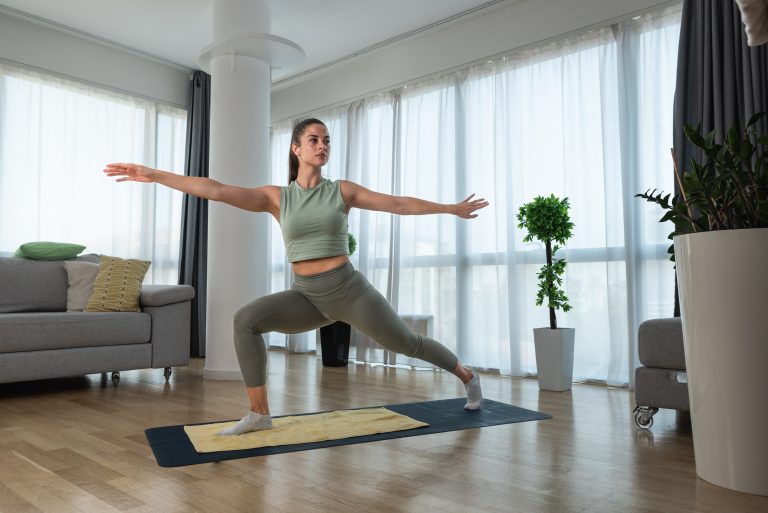A spinal bone spur, or osteophyte, is a growth that can develop on vertebrae as a result of friction. Bone spurs can develop in the facet joints of the spine when the cartilage that allows the joints to function wears away after years of heavy use. Bone spurs on their own don’t usually produce symptoms, but they often come in contact with the spinal cord or a nerve root, causing symptoms such as muscle weakness, localized or shooting pain, numbness, and tingling that radiates along a nerve pathway to other parts of the body.
Conservative bone spur treatment is able to provide many patients with the level of symptom relief they are looking for. If you’ve been diagnosed with a spinal bone spur, your physician will likely suggest several weeks or months of conservative treatments such as pain medications, lifestyle adjustments, and physical therapy.
Treating a Bone Spur Through Stretching
Stretching to increase your overall flexibility can also be an important part of a conservative bone spur treatment plan. Proper stretching of the muscles that support the spine can help alleviate your symptoms by reducing tension in the muscles and minimizing the pressure on the affected area of the spine. Here are five stretches that can help with bone spur symptoms (consult with your physician before attempting any stretching exercises):
- Lower back twist. Start flat on your back with your knees bent and your arms straight out in a “T” position. Slowly roll both your knees side to side while keeping your shoulders flat on the ground. Hold for 30 seconds on each side.
- Knee to chest. Once again, start flat on your back with your knees bent, but this time grab both your legs below your kneecaps and slowly pull them toward your chest. Hold for 30 seconds.
- Cat/cow. Start on your hands and knees with your hands even with your shoulders and your knees even with your hips. Slowly round your back up as far as you can and hold for five seconds while pushing your head toward the floor, then let your stomach fall, arch your back inward and hold for five seconds while lifting your head. This is especially beneficial to reducing bone spur symptoms.
- Child’s pose. Start on your hands and knees, then extend your arms in front of you and place your palms flat on the floor. Drop your head and chest downward as you lower your hips down and sit on your feet. Hold for 30 seconds.
- Pelvic tilt. Lie on your back with your knees bent, feet flat on the floor, and arms by your side. Lift your pelvis upward while simultaneously trying to press your lower back against the floor. Repeat 10 times.
All of these stretches, when done properly can help reduce bone spur symptoms. However, be sure to consult your doctor before attempting any of these stretches.
Surgical Treatment with BEST
If you tried stretching and other conservative bone spur treatment options for several weeks or months without success, you may be a candidate for minimally invasive surgery at BEST Health System. Our board-certified surgeons, Dr. Girton and Dr. Abbott utilize an incision that is typically less than an inch and many of our patients are up and walking within a few hours of surgery.
For more information about our outpatient procedures, contact BEST Health System today.
